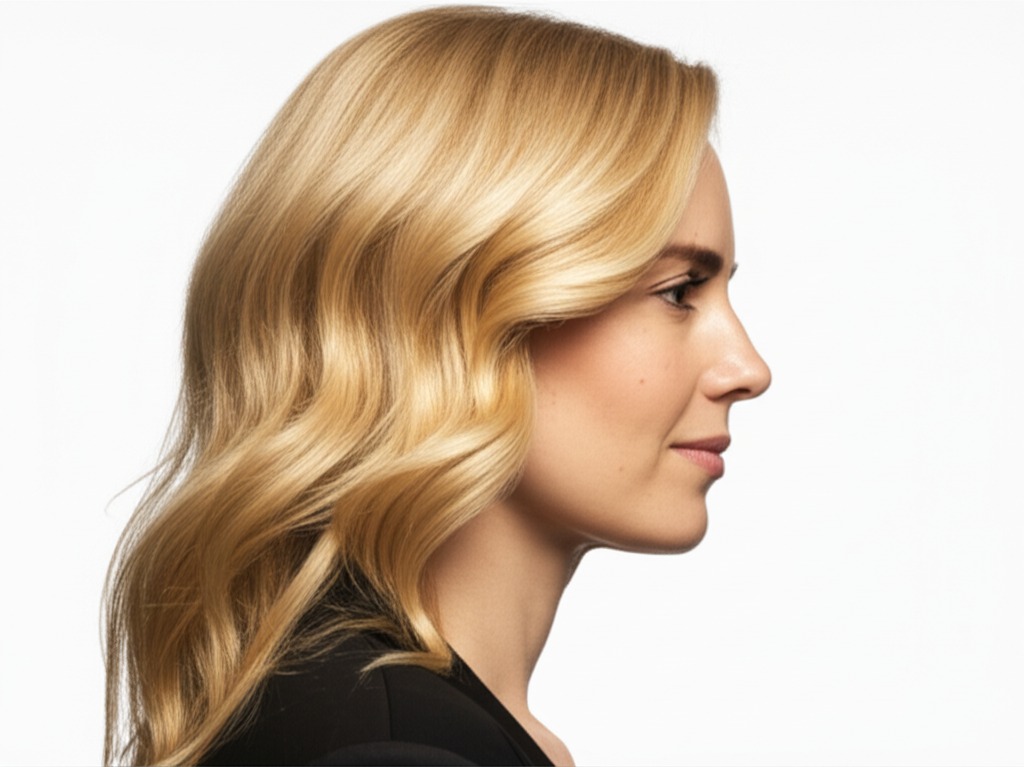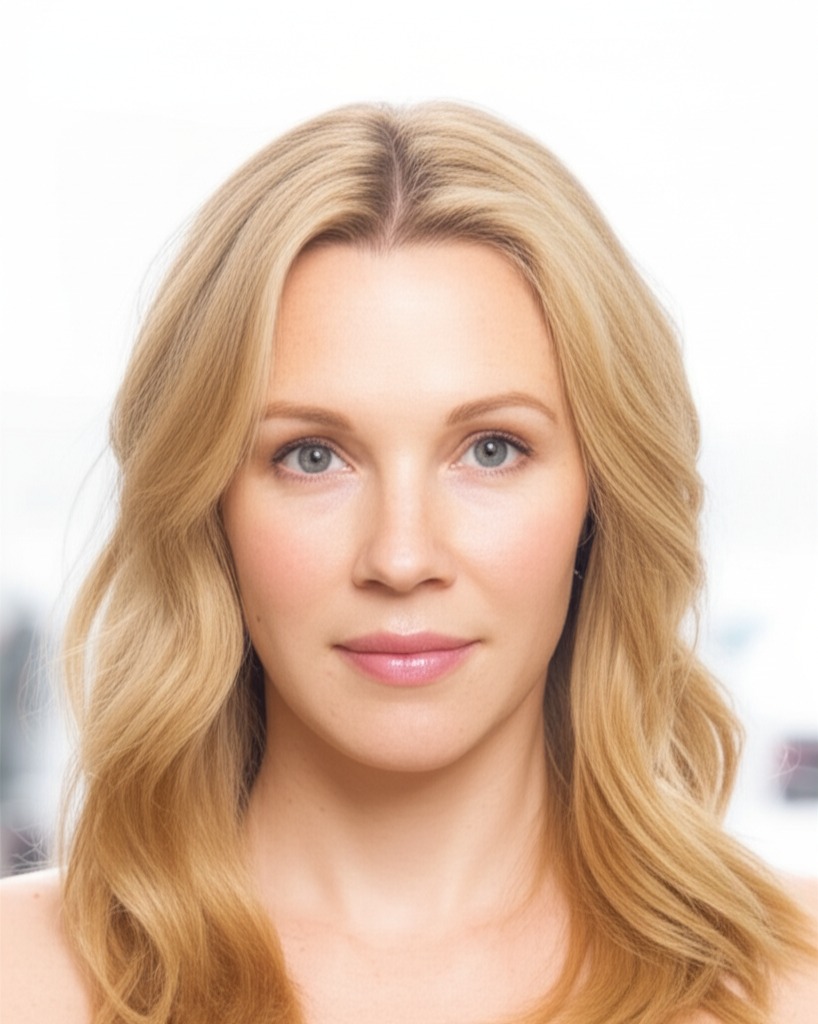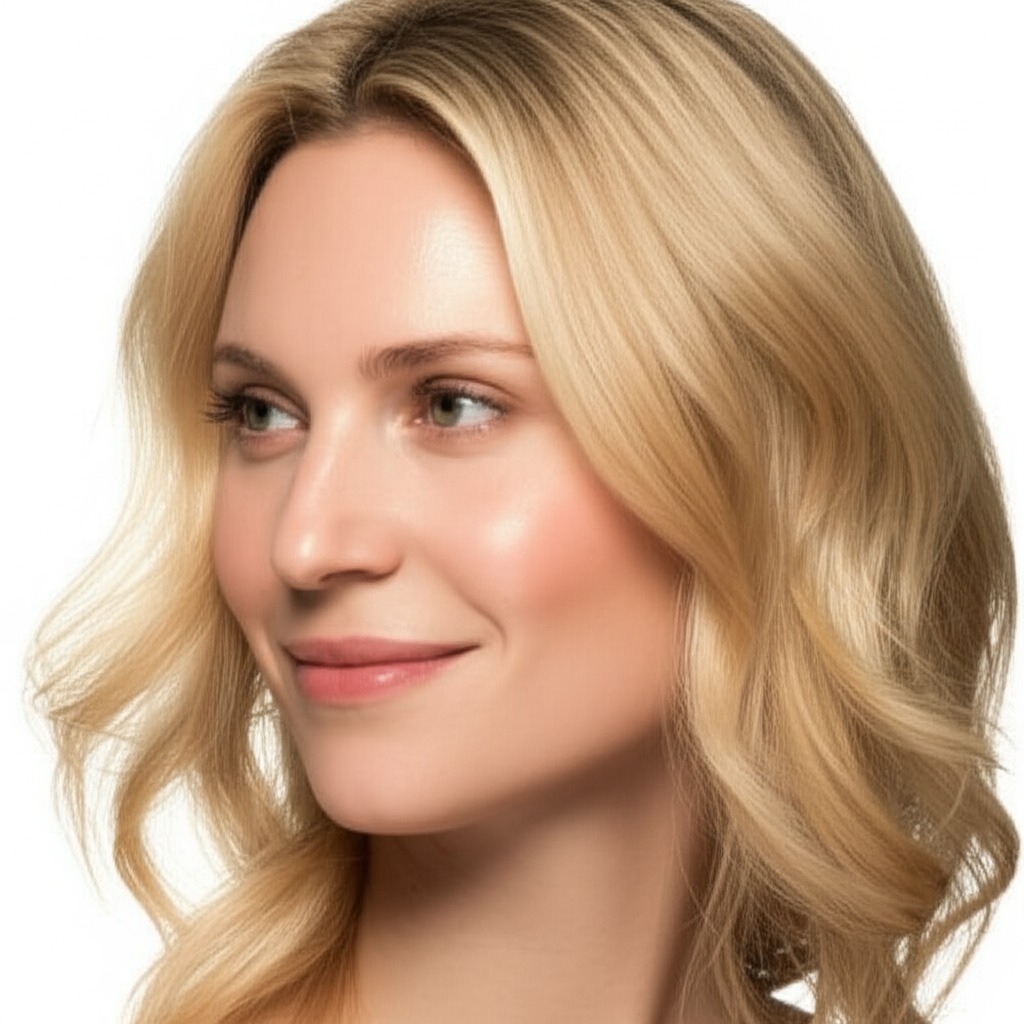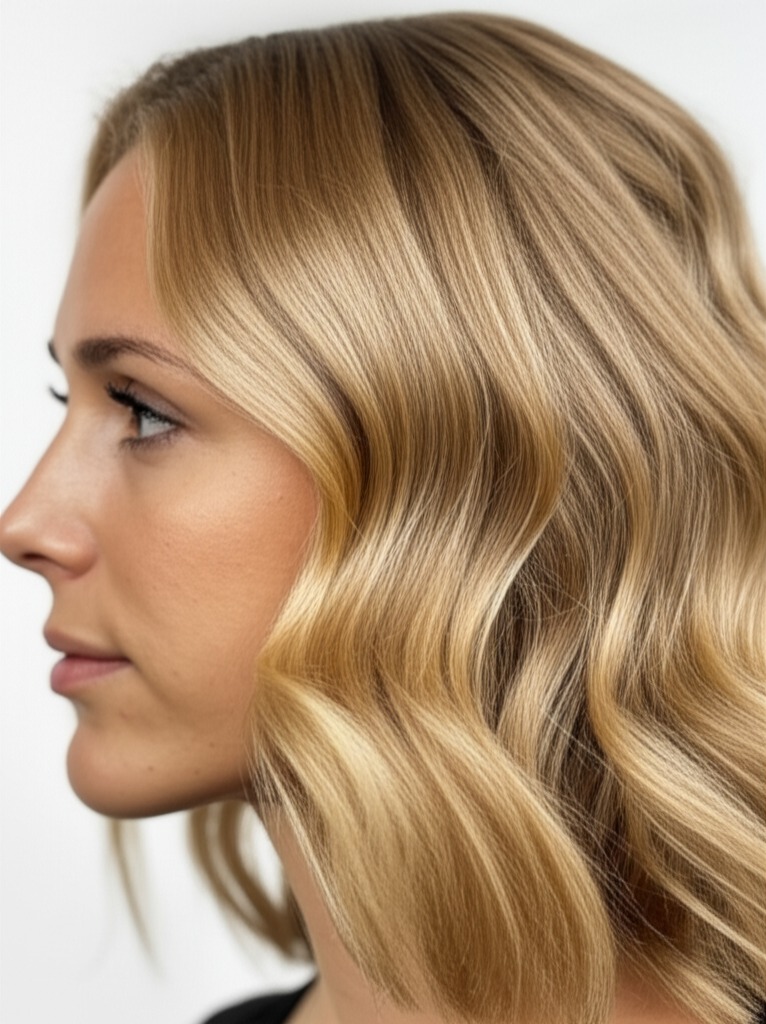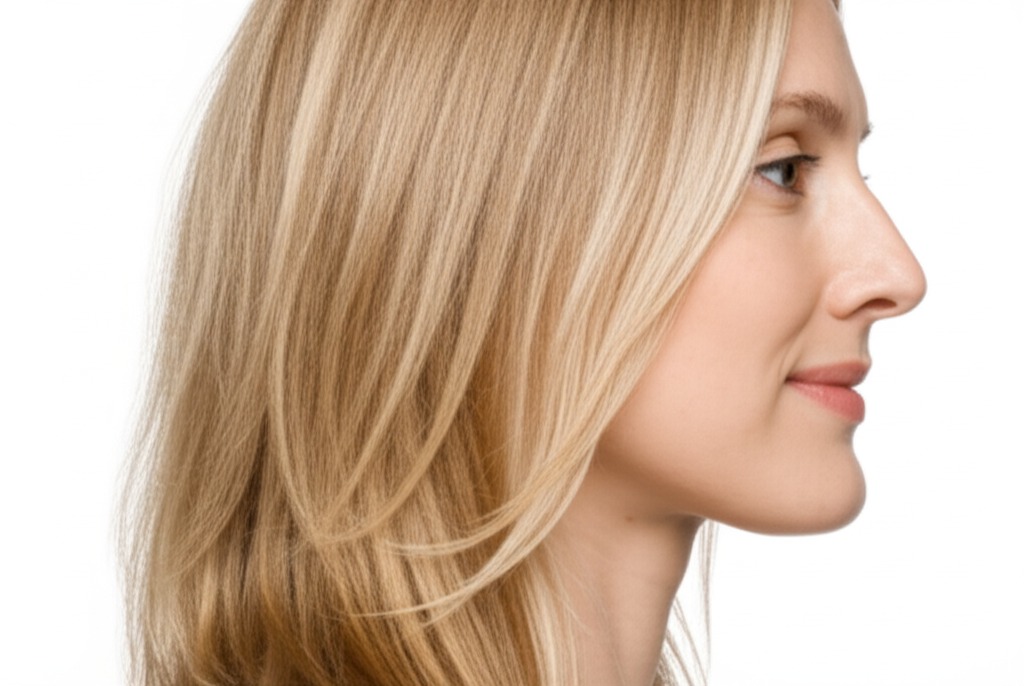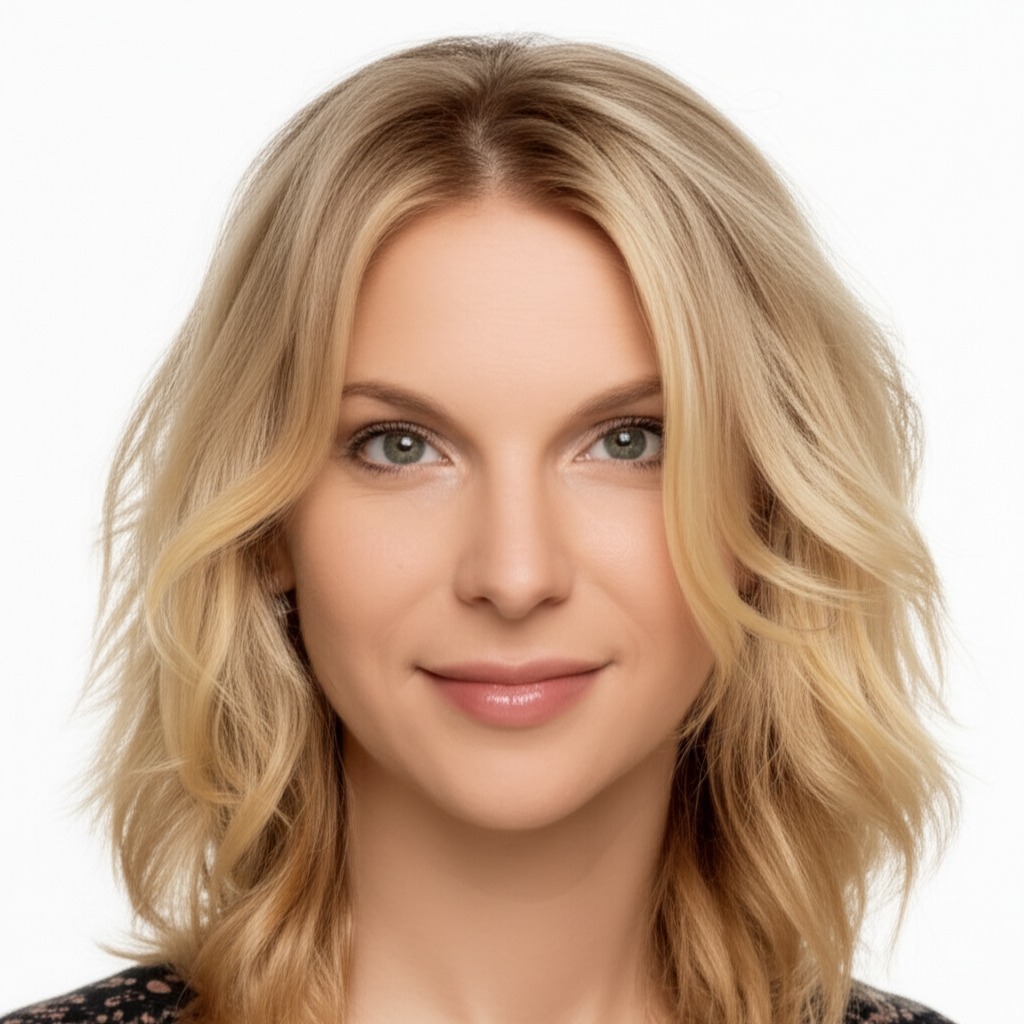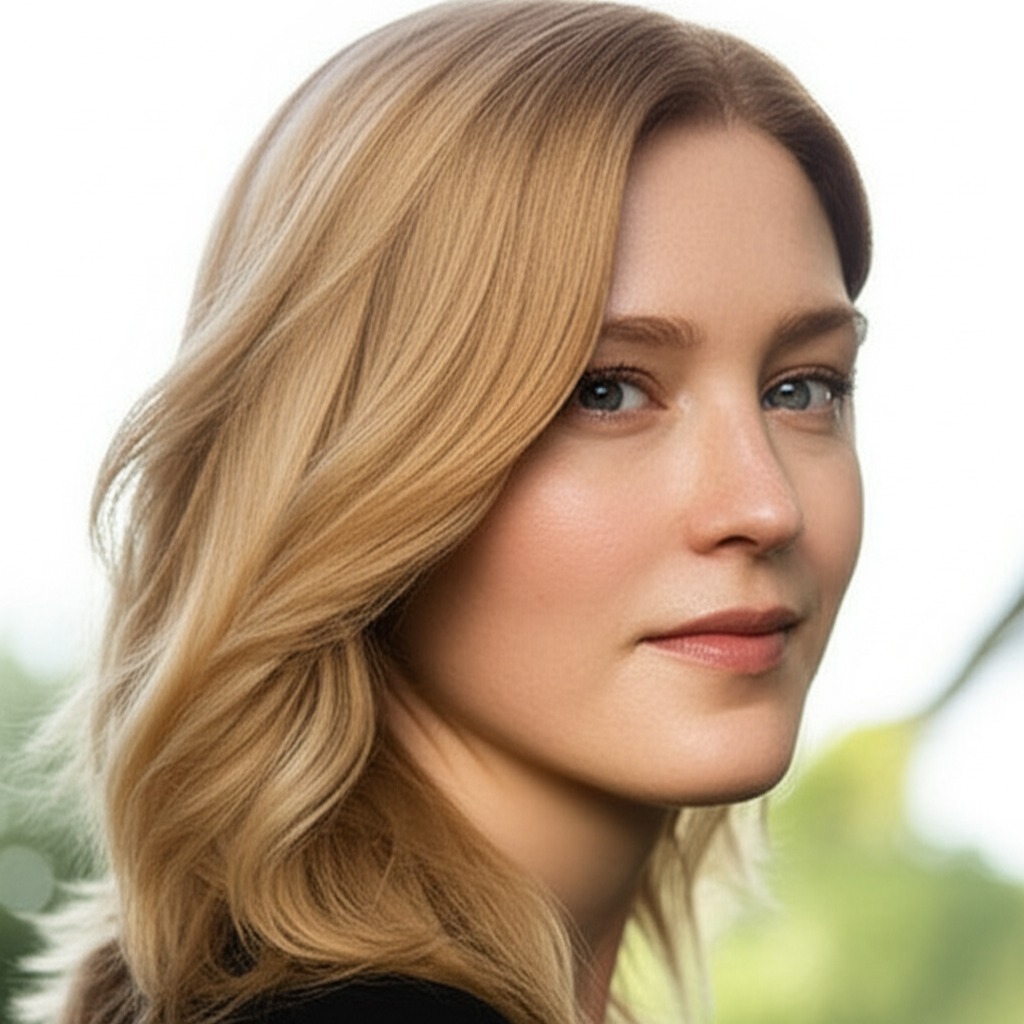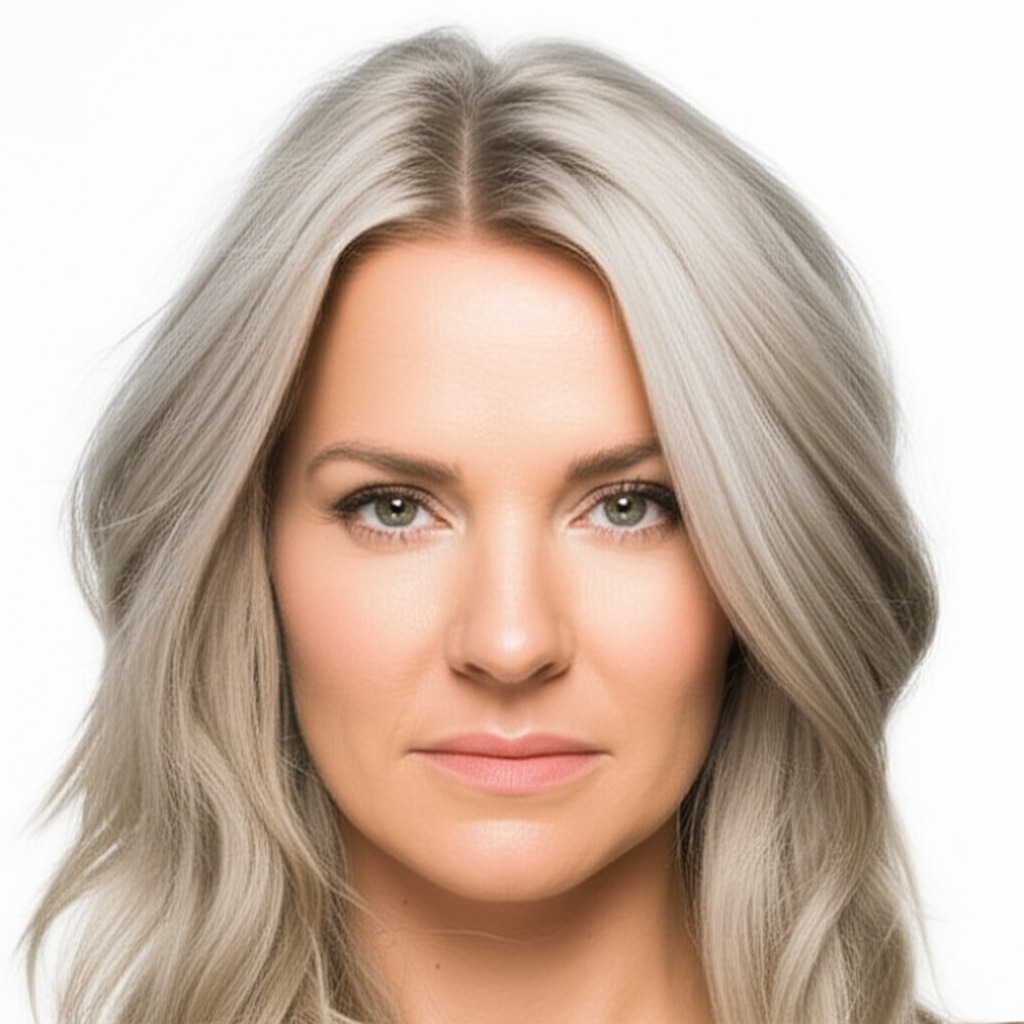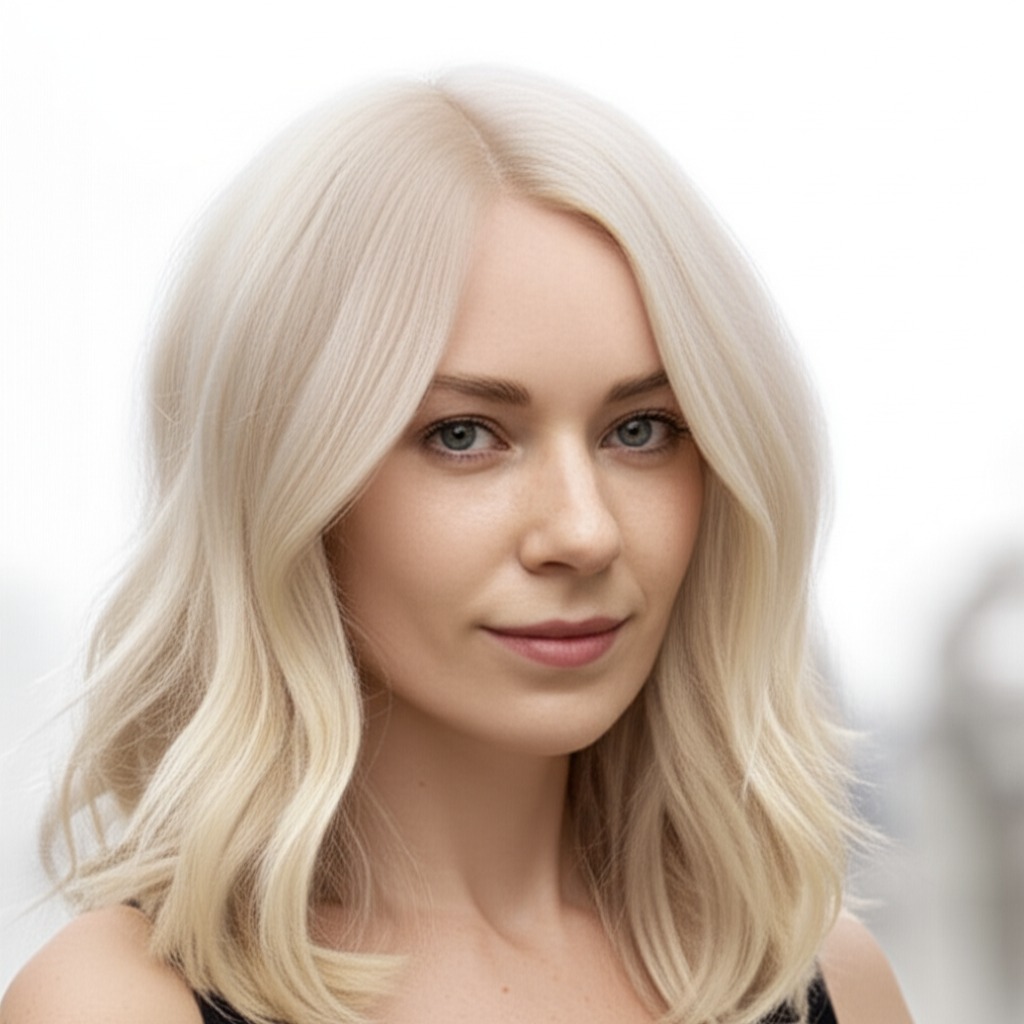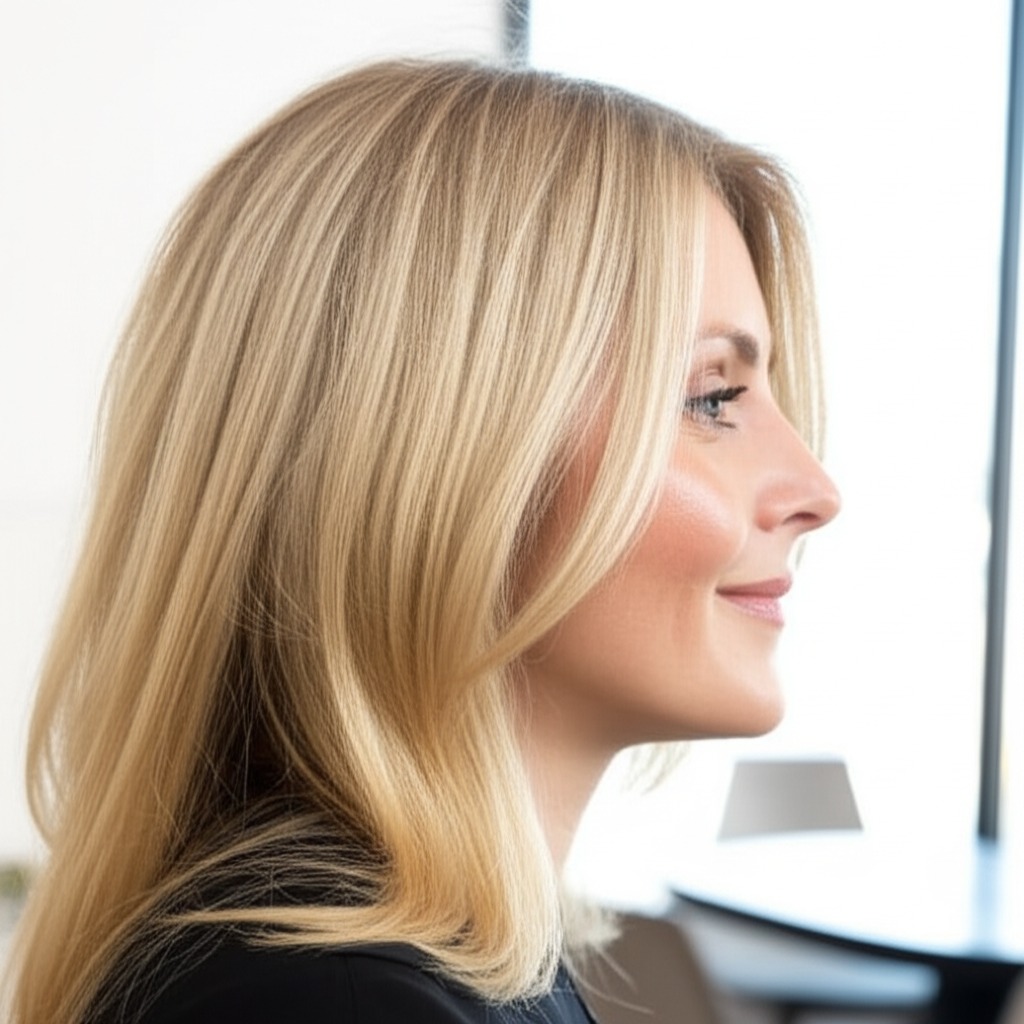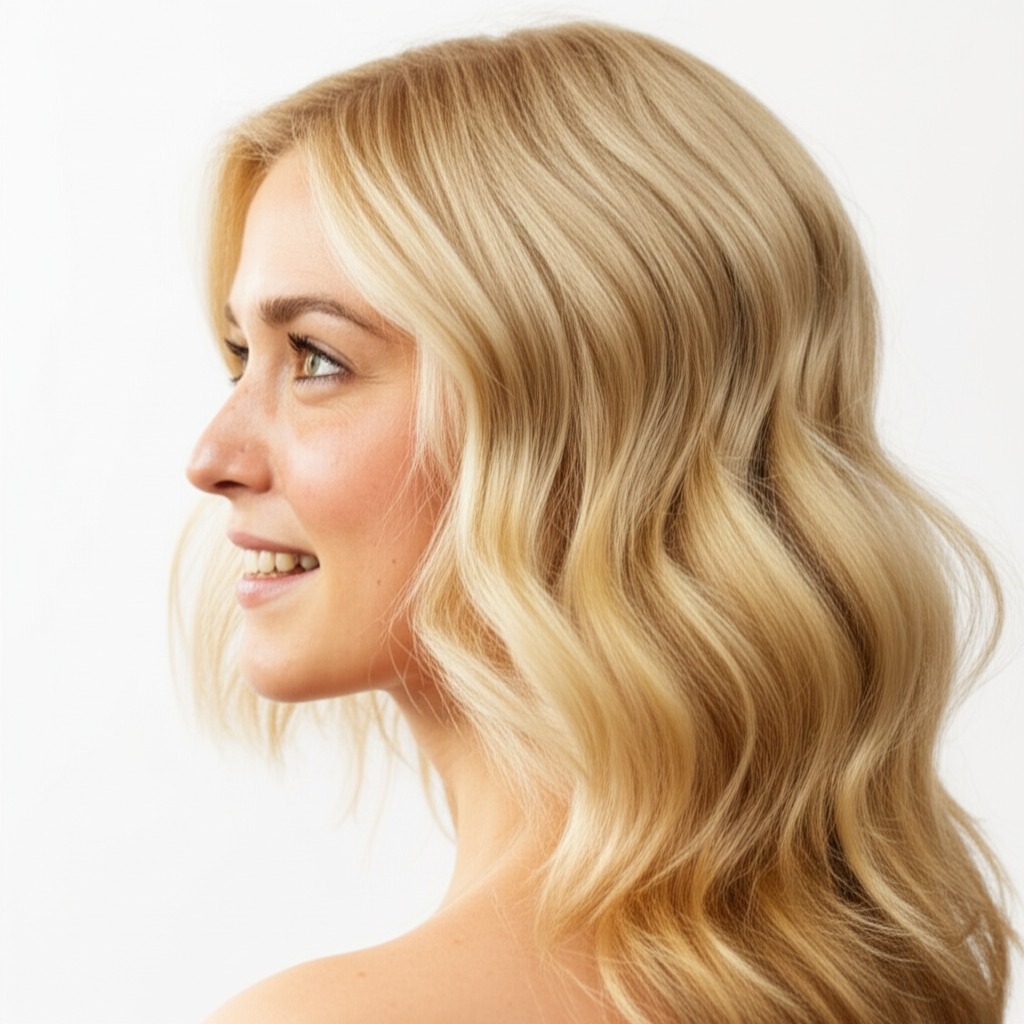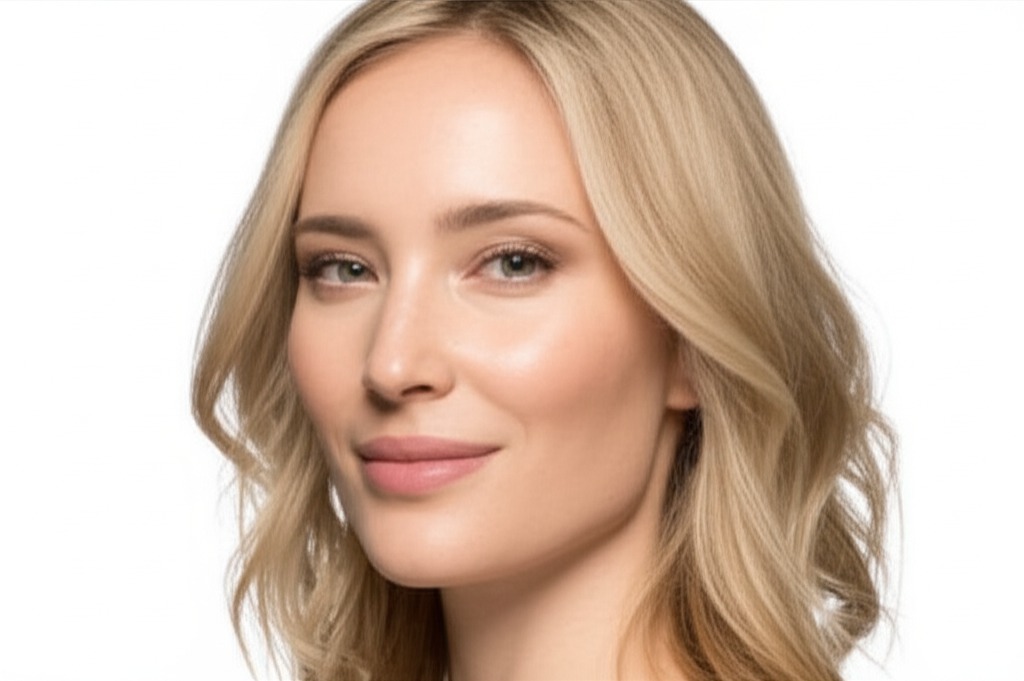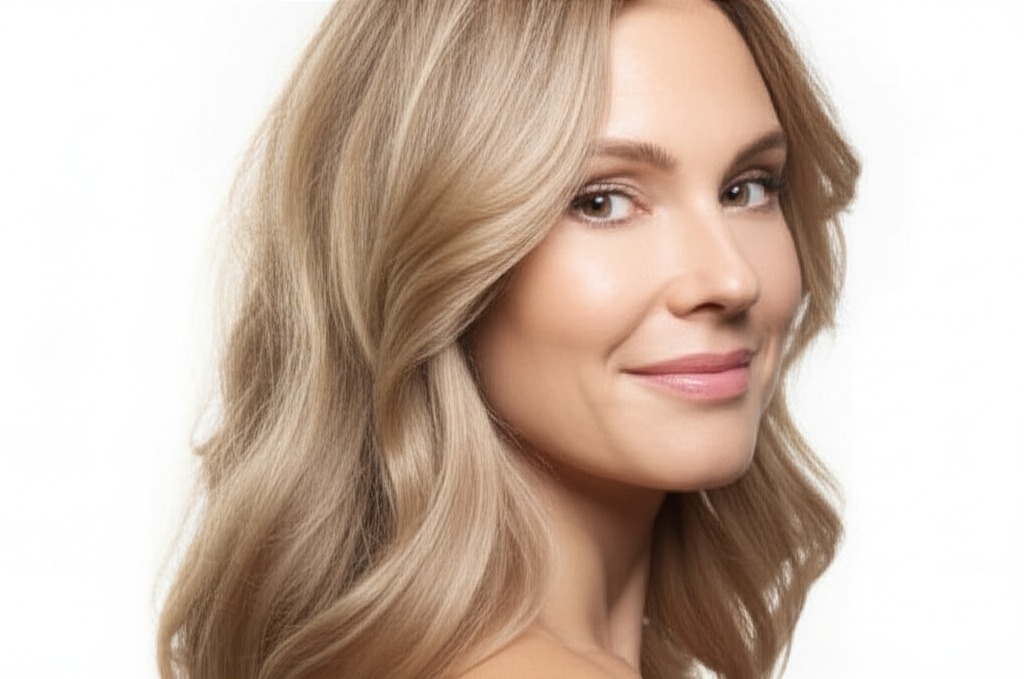#Sand Blonde: Your Guide to Sun-Kissed Radiance
Sand blonde is a hugely popular hair color choice – and for good reason! It evokes images of sun-drenched beaches and effortless cool. But achieving that perfect, believable sand blonde look takes more than just pointing at a picture in the salon chair. This guide breaks down everything you need to know about this beautiful hue, from its nuances to how to keep it looking amazing.
#1. Defining Sand Blonde: Undertones & Levels
Sand blonde isn't one single color; it’s a family of shades! The key is understanding undertone and depth.
Undertone: This determines the feel of your sand blonde.
- Warm Sand Blonde: Think golden, honeyed tones – like sun-baked sand itself. It has hints of yellow or orange. This is often the most achievable for those with warmer skin tones.
- Neutral Sand Blonde: A balanced mix; not overly warm or cool. This offers more versatility but can be trickier to achieve perfectly without a professional's eye.
- Cool Sand Blonde: Contains hints of ash, beige, or even violet. This creates a softer, almost silvery effect. Best suited for those with cooler skin tones and naturally darker hair (more on that later).
Depth/Levels: Levels refer to the darkness or lightness of your hair color. The scale typically runs from 1 (very dark) to 10 (lightest blonde). Sand blonde generally falls between levels 7-9, but this will vary depending on your natural starting point and desired intensity. A level 7 sand blonde will be significantly darker than a level 9!
#2. Who Does Sand Blonde Flatter?
While almost anyone can have sand blonde, certain features make it particularly stunning.
- Skin Tone & Undertone:
- Warm Skin Tones (yellow or golden undertones): Warm sand blondes are your best friend! They create a harmonious and radiant look. Peach, olive, and tan skin tones often shine with this shade.
- Neutral Skin Tones: You can pull off most variations of sand blonde, but be mindful of the undertone to complement your complexion.
- Cool Skin Tones (pink or blue undertones): Cool sand blondes can work beautifully, creating a soft contrast. However, avoid overly warm tones as they may clash with your skin's natural coloring.
- Eye Colors: Sand blonde looks incredible with almost all eye colors!
- Blue Eyes: Warm sand blondes will make them sparkle even more.
- Green Eyes: A neutral or slightly warmer sand blonde enhances the depth and richness of green eyes.
- Brown Eyes: Any variation of sand blonde can be gorgeous, depending on your skin tone.
- Natural Starting Level: This is crucial.
- Levels 1-4 (Dark Brown/Black): Significant lightening will be required, which means more sessions and a higher investment.
- Levels 5-6 (Medium Brown): A good starting point for achieving sand blonde in fewer appointments.
- Levels 7-9 (Light Brown/Dark Blonde): The easiest transition! You may only need toning to achieve the perfect sand blonde shade.
#3. Technique Options: Finding Your Perfect Application
The application method dramatically impacts the final result and maintenance.
- Single Process: A uniform color applied from root to tip. Best for those already close to a light blonde level or wanting an overall, even tone (less common with sand blonde).
- Highlights/Lowlights: Adds dimension by lightening strands of hair (highlights) or darkening them (lowlights). Can be used to create depth and movement within the sand blonde look.
- Babylights: Very fine highlights that mimic natural sun-kissing, creating a soft and blended effect. Ideal for subtle brightening.
- Gloss/Toner: A semi-permanent color applied after lightening to adjust undertones (correct brassiness, add warmth or coolness). A vital step in achieving the perfect sand blonde!
- Balayage-Effect vs Solid: Balayage involves hand-painted highlights for a more natural, blended look with softer roots. A solid application provides a more uniform color and sharper lines. Sand blonde often looks best with a balayage or freehand technique to avoid harshness.
#4. Maintenance & Longevity: Planning Ahead
Sand blonde requires commitment! Here's what you need to know.
- Wash Frequency: Limit washing to 2-3 times per week to preserve color vibrancy.
- Toner Refresh: Toners typically fade within 4-8 weeks, so plan for regular touch-ups (every 6-12 weeks).
- Root Growth Pacing: Discuss your desired root shadow with your stylist. A more subtle grow-out requires more frequent toning; a bolder contrast allows longer intervals between appointments.
- Budget/Time Planning: This is not a low-maintenance color! Expect to spend:
- Initial Color: $200 - $600+ (depending on starting level and salon)
- Toner Refresh: $75-$150+ per session.
- Time Commitment: 2-4 hours for the initial color; 1-2 hours for toner appointments.
#5. Seasonality & Pairing with Cuts: Adapting Your Look
Sand blonde is versatile, but seasonal tweaks can elevate it!
- Bob/Lob: A blunt bob or lob looks incredibly chic with sand blonde, highlighting the brightness and dimension.
- Long Layers: Long layers create movement and allow the color to really shine. Balayage works wonders here.
- Pixie Cut: A pixie cut can be surprisingly flattering with a soft, cool-toned sand blonde – think effortless Parisian style!
- Seasonal Tweaks:
- Summer: Lean into warmer tones for that sun-kissed vibe.
- Fall/Winter: Introduce cooler, more muted tones to complement the season’s darker hues.
- Event/Occasion Picks: Sand blonde is perfect for everyday wear, but it can also be dressed up for:
- Work: A softer, more natural sand blonde with subtle highlights.
- Daytime: Embrace a brighter, beachy tone.
- Evening: Add shimmer and gloss for extra radiance.
- Weddings: A universally flattering choice – just ensure it complements the overall wedding aesthetic!
#6. At-Home Care: Protecting Your Investment
Proper aftercare is essential to maintaining your sand blonde's beauty.
- Sulfate-Free Shampoo & Conditioner: Sulfates strip color, so opt for gentle formulas specifically designed for colored hair.
- Clarifying Cadence: Use a clarifying shampoo (to remove buildup) once or twice a month only, as it can also fade color.
- Heat Protection: Always use heat protectant spray before using styling tools like blow dryers, straighteners, and curling irons.
- Color-Safe Styling Tips: Avoid harsh chemicals and excessive sun exposure. Rinse hair with cool water to seal the cuticle and lock in color.
- Product Checklist: Sulfate-free shampoo & conditioner, heat protection spray, purple shampoo (to combat brassiness), leave-in conditioner.
#7. Common Pitfalls: Prevention is Key
Let's avoid these common issues!
- Brassiness: Warm tones creeping in? Use a purple shampoo or toner regularly.
- Banding: Uneven color application, often due to overlapping bleach. A skilled stylist will minimize this risk with proper foil placement and technique.
- Patchiness: Inconsistent lightening can result in patchy areas. Ensure even saturation during the coloring process.
#8. Pros & Cons: Weighing Your Options
Pros:
- Versatile: Works well with many skin tones, eye colors, and hair lengths.
- Flattering: Creates a radiant, sun-kissed look.
- Modern & Stylish: A consistently on-trend color choice.
Cons:
- High Maintenance: Requires regular toning and root touch-ups.
- Fade Risk: Blonde colors are prone to fading faster than darker shades.
- Potential Damage: Lightening processes can weaken hair (proper care is crucial).
#9. Salon Consultation Script: Setting Expectations
Before you commit, discuss these points with your stylist:
- "I'm interested in a sand blonde color – could you assess my natural level and recommend the best technique?"
- "What undertone of sand blonde would complement my skin tone?"
- "How many sessions will it likely take to achieve my desired shade?"
- “Can we discuss root growth spacing?”
- "What at-home care products do you recommend for maintaining this color?"
- “Let’s talk about a realistic maintenance budget.”
#10. FAQs: Your Burning Questions Answered
- Can I achieve sand blonde on my own? While possible, it's best left to professionals, especially if starting from a darker base. Incorrect application can lead to damage and uneven results.
- How long does sand blonde last? The color itself fades gradually over several months, but the toner will need refreshing every 4-8 weeks.
- Will I experience hair damage with this process? Lightening always causes some degree of damage. Proper care and professional techniques can minimize it.
- Can I go darker after sand blonde? Yes! It's easier to go darker than lighter, but a consultation is needed to plan the transition smoothly.
- What’s the difference between balayage and highlights for sand blonde? Balayage creates a softer, more blended look with natural-looking roots; traditional highlights are more defined and structured.
- Is purple shampoo necessary? It's highly recommended to combat brassiness and keep your blonde looking cool and bright!
With careful planning, the right techniques, and consistent aftercare, you can achieve a stunning sand blonde that will have you feeling confident and radiant all year round!
